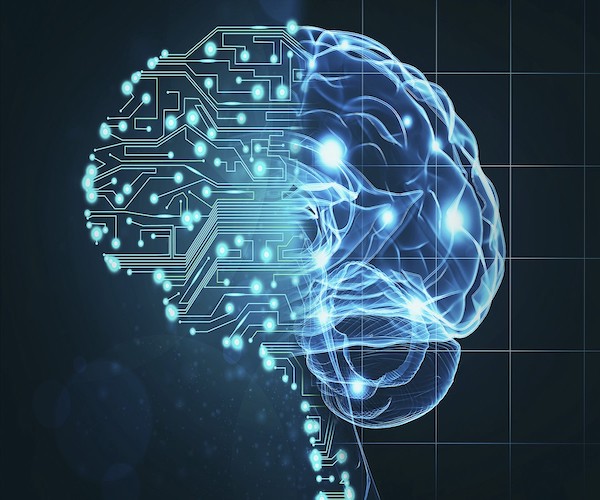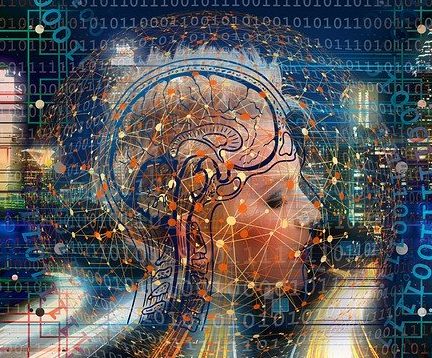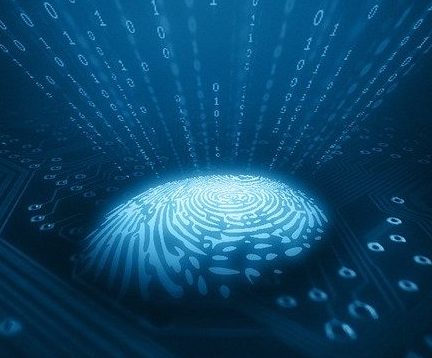
Brain Computer Interface
Thought communication using machine learning, adaptive signal processing, and neuroimaging hardware.

Offline Encryption
Steganography algorithms allowing simultaneous hiding of secret message and small image into larger image.

Mental Fatigue Detection
Monitor mental fatigue and diagnose sleeping disorders of staff operating in critical infrastructures.

Forensic Expertise
Integrated system for forensic science services and judicial ballistics, adapted specifically for forensic science.

Space Surface Probing
Experimental model of ultra-high-performance instrument for measurement of space surface samples.

Crisis Response
System for support, planning, coordination and command of intervention teams in crisis situations.
Brain Computer Interface
Computer-based system that acquires brain signals, analyzes them, and translates them into commands that are relayed to an output device to carry out a desired action
Cerebral signals are recorded and processed by a brain computer interface system designed to detect traits that reflect user intention. Signal processing is achieved in three stages, starting with signal preprocessing, followed by trait extraction and detection, then by classification.
Signal preprocessing precedes trait extraction to increase signal-to-noise ratio. Extracted traits classified using a data learning model that uses linear, nearest neighbor, and combined classifiers, alongside nonlinear Bayesian classifiers, and neuronal networks.
Offline Encryption
Conceal a message, image, or file within another message, image, or file, simultaneously hiding the secret message and secret image in a single cover image
Hide secret message in a small image using the Least Significant Bit (LSB) substitution, and hide the image in a single image cover using Discrete Wavelet Transformation (DWT). This method increases message capacity and security level, concealing the secret message after embedding.
Many applications use wavelet decomposition taken as a whole, relying on compression and denoising. Our application focuses on wavelet analysis, which allows the use of long time intervals to obtain more precise low-frequency information, and shorter regions where we want high-frequency information.
Mental Fatigue Detection
Sleeping disorders are common – there are over 100 different related disorders, ranging from difficulty sleeping at night to problems with excessive daytime sleepiness
Ability to monitor mental fatigue and diagnose sleeping disorders of staff operating in critical infrastructures is extremely important to an organization’s security and business continuity, as changes in sleeping patterns or behavioral habits negatively affect personnel health.
Enable timely treatments of sleeping disorders through behavioral and psychotherapeutic treatment, surgery, rehabilitation and management, and medication. Implementing healthy diets and weight loss may also be effective in reducing or preventing some disorders, such as sleep spindle.
Forensic Expertise
Integrated system for forensic science services and judicial ballistics, adapted for the specific requirements of forensic science, to create new competences and enable new approaches to investigations
The system proposes two directions for know-how dissemination -one for the development of an innovative test stand for ballistic testing, and another for the development of a complex system of fingerprint sampling. Together with a third test stand for document investigation (handwriting, signatures and stamping) they will form an integrated system for forensic expertise.
Services offer will be complemented by handwriting analysis and stamp imprint analysis technologies. By combining technology and methodology with appropriate optical equipment, evidence material will gain high degree of trust, as shooting angles and bullet trajectory -using mathematical predictive models and analysis of ballistic performance design- will be determined with a high degree of accuracy.
Space Surface Probing
Experimental model of an innovative ultra-high-performance instrument for the measurement of the surface potential of samples
The instrument will be primarily used in the test mass and test mass capacitance gauge position control and suspension systems development of NASA’s SR-POEM (Sounding Rocket Principle of Equivalence Measurement) and ESA’s LISA/NGO (Laser Interferometry Space Antenna/New Gravitational waves Observatory) space missions.
Potential applications include development of antistatic protection technology for satellites and aircraft against in-flight electric charging; materials, surface science and technology in automotive industry; semiconductor manufacturing; and medical science for development of regenerative treatments for skin tissue and tendon damage.
Crisis Response
Integrated system for support and command of intervention teams in crisis situations -hardware, software and communication resources needed for planning and coordination of missions in crisis situations
Primary subsystem calculates explosion parameters in air, enabling simulation, analysis and evaluation of shock wave impact on buildings, while a secondary subsystem simulates and evaluates effects of explosion on citizens.
Resulting information is integrated with a communication and informatics system that facilitate bidirectional information streams, including video streams, physiologic and location data of the intervention team.